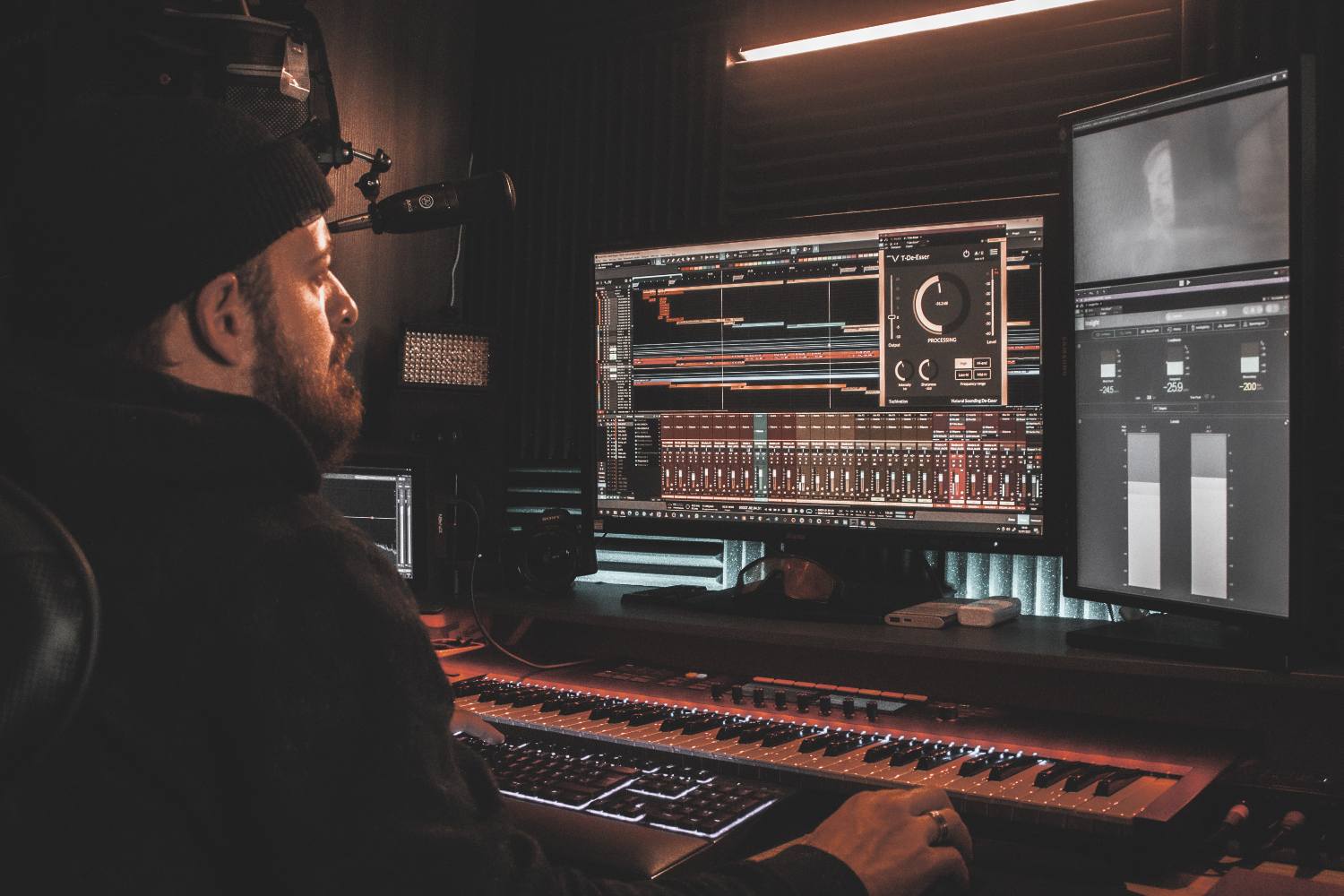Edits by Mixdown staff
A tell all about the reverb that uses impulse responses.
In the past, digital audio was all about replicating analog processes. Emulating console recording workflow, hardware compressors, plate reverbs… the list goes on. Where these plugins emulate physical processes, convolution reverb emulates physical spaces, allowing users to throw any channel they like into a sampled hall, theatre or studio room.
Convolution reverb
A standard digital reverb uses a set of algorithms to generate a reverb tail from an audio input. An old school spring reverb sends your audio along a spring in a metal box causing sound reflections, and then adds those sounds to your dry audio. A plate reverb is a similar principle, but runs audio through a suspended sheet of metal. There are a few other variations, of course, but let’s talk about the type that causes the most confusion: convolution reverb.
Summary:
- Convolution reverb is an effects plugin that uses a recording of a physical space to generate frequency specific reverberation.
- It is created through the use of a sine wave sweep or fast impact sound that measures how the room responds to audio which is then edited and fed into a plugin.
- Convolution reverb is used extensively in film and television mixing to allow audio to sound more natural but also can be used by producers on just about anything.
Read all the latest features, columns and more here.
Impulse response
Convolution reverb uses an actual recording done in a specific space as a basis for adding reverb to your input signal. This recording is called an ‘impulse response’ recording, often shortened to IR. The IR will usually be a short sharp bang or sine wave sweep, the idea being to have a recording that demonstrates how frequencies across a broad range behave in this space. The short, sharp bang, a flash of white noise or frequency sweep serve to measure the frequency response of the room, as well as the transients and reverb times.
The point is to accurately model a specific space’s reverb signature. For producers, this allows you to use a convolution reverb plug-in to place your instrument or sound in any specific space as long as you have an IR file for that space. This also applies to amplifier speaker cabinets, as the cabinet’s colour and sound can be measured and emulated using an impulse response.
With a recorded impulse response, the convolution reverb will read the audio input from your track and add a reverb tail that is frequency specific to the IR file. For instance, a large cave might have a long low-mid tail with shorter high frequency decays while a small room will have a short reverb decay across the frequency spectrum.
There are an astonishing amount of IR files to be found online. Want to put your piano in an abandoned Berlin power station? No problem. How about the Batcave from the original ‘60s Batman series? Yep. What about beneath a glacier? Easy. Of course, more conventional spaces are readily available as well if you just want to put a guitar player in something trivial like a room, but where’s the fun in that?I
You can even create your own impulse responses with the use of a starter gun or sine wave sweep played through speakers paired with either one or two microphones. Using these, setup wherever you like the sound the best, it’s as simple as recording the audio in the space, editing the file so that the impulse response is normalised and works with your plugin of choice. That’s it!
How is it used?
For the guitarist and bassist in the digital realm, as previously mentioned you can use impulse responses of amp and cab combos to alter the tone of your playing after the fact. This is cool for those who don’t want to commit to their guitar tone while they’re in the tracking stage and adds more flexibility to the recording process.
For producers, convolution reverb is great for adding depth to a track and creating a wide variety of tonal shaping. For instance, recording studios in the 60s and 70s utilised physical rooms which housed a speaker and microphone to create ‘artificial’ reverb effects on vocals and other channels. Hitsville U.S.A. used this technique on a lot of Motown records, which was setup inside an attic and generated that classic ‘Motown Sound’. They would commonly run their hand claps through this setup but can be heard on many other parts of their music.
Foley, dialogue and post production
Unsurprisingly, convolution reverb is used a lot in film production, with sound engineers often recording impulse responses of film sets and locations so that the sound FX wizards can accurately add sounds in post production–or, as is so common these days, adding realism to scenes created entirely with CGI and green screens. In this instance, post-production would involve running foley or dialogue through an impulse of the original film set or space.
One great example of this is in the movie A Star Is Born, where the band recorded live between sets at Coachella and other festivals but played un-amplified to the crowd. The production team took impulse responses of the full sound system in the crowd to emulate what the band would’ve sounded like if they were amplified, which gave the live performances a live and very authentic feel.
Now that we’ve covered the practical and intended use of convolution reverb, let’s talk about ways to abuse it. As you can imagine, convolution reverb was a fairly taxing task for a 1990s era computer to do on the fly when this technology first came about, but fortunately, we’re in processing power luxury now. In the past, convolution reverb software has had limitations on what can be used as an IR file–specific file type, bit rate, length, etc.—but now quite a few convolution plugins will accept any old audio file, with the length only limited by your computer’s processing power and RAM.
If you’re a bit of a sonic explorer, there’s a lot of fun to be had here. Try putting all sorts of audio samples in the IR slot; instruments, vocals–hell, put an entire song in there if your computer can handle it. Things will get weird, and potentially very pleasing.
Keep reading about convolution reverbs plugins here.

